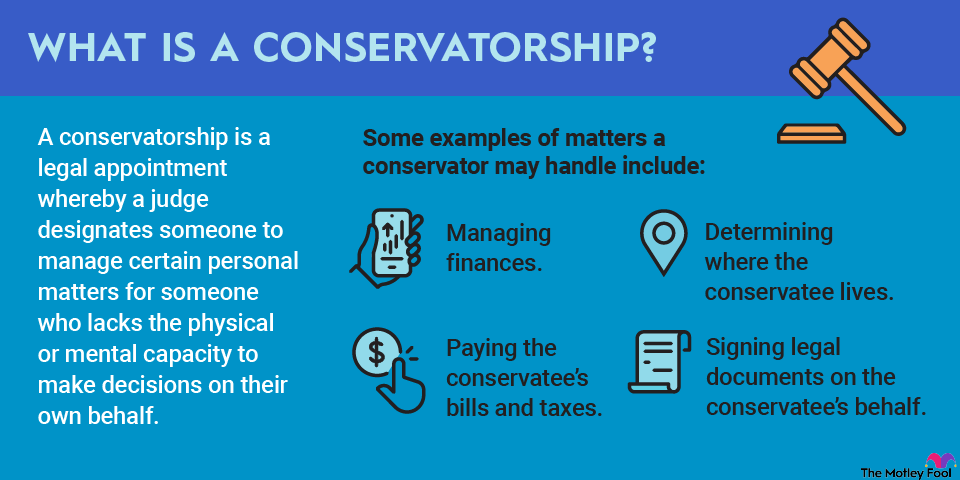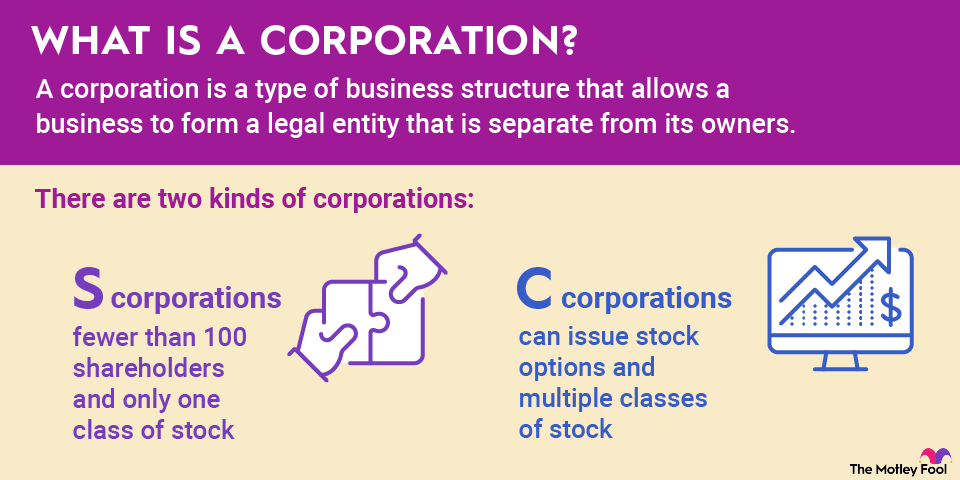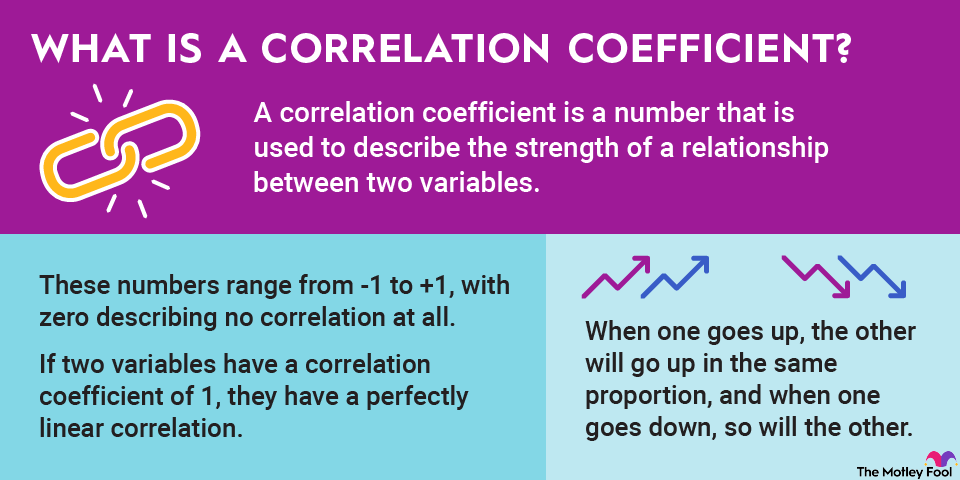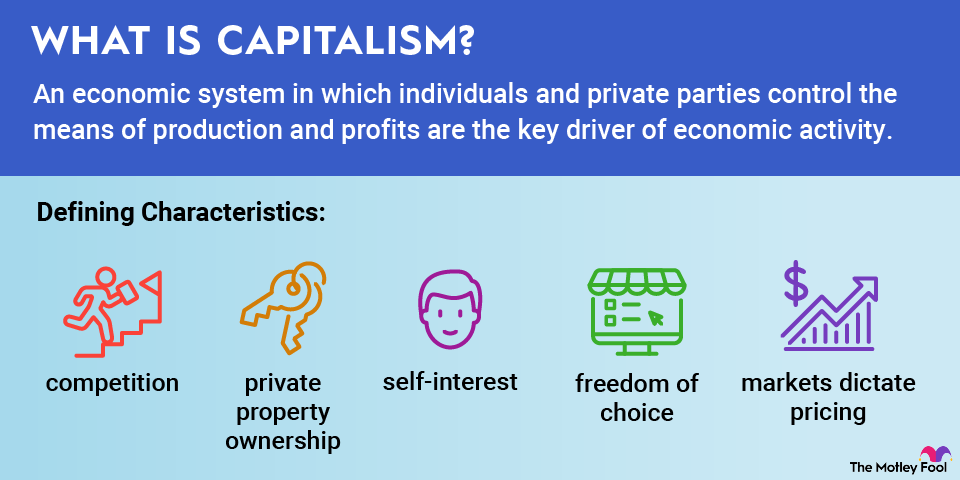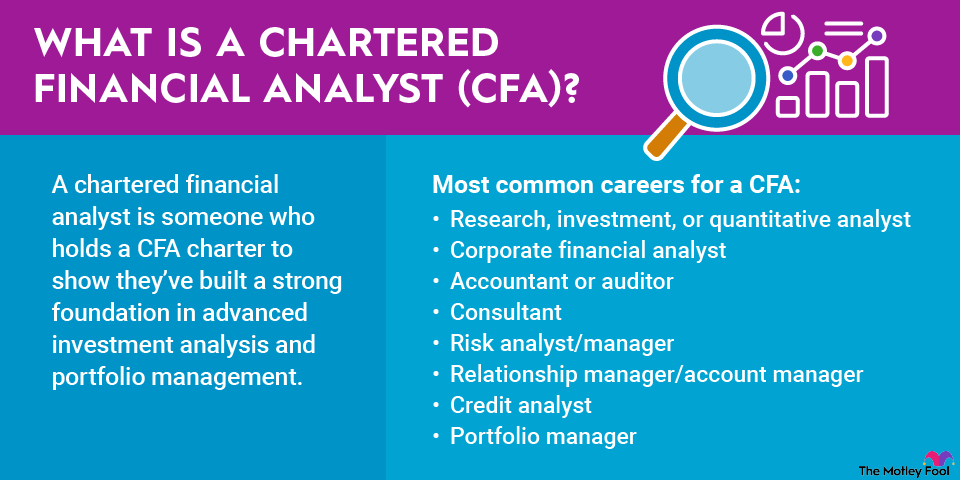Cost advantage is a type of competitive advantage that can help a company deliver growth and profits that outpace its rivals. Depending on the industry, product, and/or service its business revolves around, a company can maintain a cost advantage in multiple ways.
What is cost advantage?
A company has a cost advantage if it can produce a product or service at a lower cost than other industry players. When a company maintains a cost advantage, it can accomplish multiple goals both for the business and its target customers. For the company, its ability to deliver a good or service at a lower cost enables it to enjoy higher profit margins.
The company can price its product or service similar to its competitors, but profits will be higher because the cost of producing that product or service is lower. Companies with an established industry presence and sufficient market leadership may price their product or service above the competition even with reduced production costs, which will also enhance profitability.
Sometimes, a company with a cost advantage will price its product or service lower than the competition. The company with the cost advantage can do this without sacrificing its profit margins, not only because operating costs are lower but also because this strategy will often drive an uptick in sales that offsets the price difference. A company that sells a quality product for less than the competition will typically grow its base of loyal customers who keep coming back for more, augmenting sales volume, profits, and market share while production costs remain steady.
Why is cost advantage important?
If a company can deliver a product or service that measures up to the competition but with fewer direct or overhead costs, a correlating increase in profits and market share will create greater financial stability. A cost advantage is key for a company to differentiate itself in a competitive industry to price-sensitive consumers.
If a company maintains its cost advantage, the business can expand its economic moat while enhancing the barrier to entry for its rivals. Higher profitability from a combination of lower production costs and more favorable pricing structures for a product or service will often drive a company's expansion into new markets. In turn, this can heighten the company's overall competitive advantage.
For example, more efficiency in the production cycle of goods will allow a company to manufacture more for less, which can drive sales and profits upward. A company that is able to produce more goods at a lower cost than the competition can rapidly expand market share and improve pricing power, which enables it to increase prices without losing many customers.
Research and Development (R&D)
Types of cost advantages
There are many ways that a company can develop and maintain a cost advantage. Reducing the cost of materials, streamlining research and development, or driving more efficiency in production and distribution networks are common cost advantages. Larger, established companies are often able to maintain a cost advantage by virtue of their size, scale, and market share.
Using cheaper materials or labor can decrease the cost associated with getting a product to market. Automating elements of manufacturing, distribution, or marketing using technologies like artificial intelligence can save human workers time while also streamlining tasks to ensure that employees are as efficient as possible, all of which can save on labor and production costs.
Intellectual property can also serve as a core driver of cost advantage. For example, a company that owns a patent to certain processes, technology, or materials or that develops a novel technology can leverage a cost advantage over the competition.
Example
Cost advantages can be challenging for some companies to maintain. Companies with clear cost advantages are often able to preserve this aspect of competitive advantage by leaning into innovation in core areas of the business. Take big-box retailer Costco (COST +0.08%), for example.
Costco sells bulk items at below-average prices to its customers, which drives significant sales volume even though margins are slim. The company purchases large quantities in bulk from suppliers at low prices, and passes those savings on to its customers.
However, the innovation driver behind Costco's continued ability to maintain its cost advantage is its unique business model, which revolves around membership dues. Most of Costco's profits are derived from membership fees, so it can pass those cost savings down to shoppers and maintain very thin margins from merchandise sales without sacrificing profits.
Related investing topics
The bottom line on cost advantage
Cost advantage is important to any business. Publicly-traded companies with cost advantages will usually see profits and cash flow escalate. As earnings performance is closely connected to stock price performance, a company with a definable cost advantage will typically deliver greater value to shareholders over time through share price returns and dividends.
